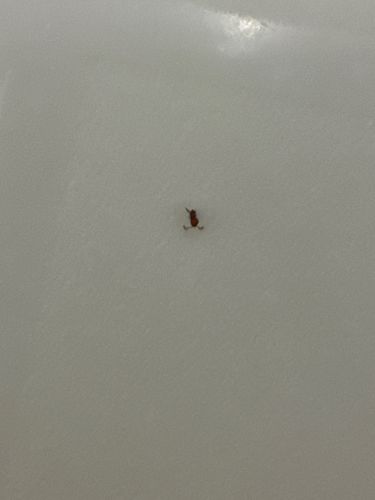Ant
Scientific Name: Formicidae
Order & Family: Hymenoptera, Formicidae
Size: Typically 2 to 20 mm, depending on the species.

Natural Habitat
Ants can be found almost everywhere on Earth, often nesting in soil, under rocks or logs, within trees, or even inside human structures (e.g., carpenter ants, pavement ants).
Diet & Feeding
Highly varied, including insects (live or dead), nectar, seeds, fungi, sap, and human food scraps. Many species are omnivores.
Behavior Patterns
Ants are social insects living in organized colonies with a queen, workers, and males. They exhibit complex behaviors like foraging, nest building, defense, and communication through pheromones.
Risks & Benefits
Risks can include property damage (e.g., carpenter ants), contamination of food, and painful stings (e.g., fire ants). Benefits include pest control (predators of other insects), soil aeration, and seed dispersal.
Identified on: 11/9/2025